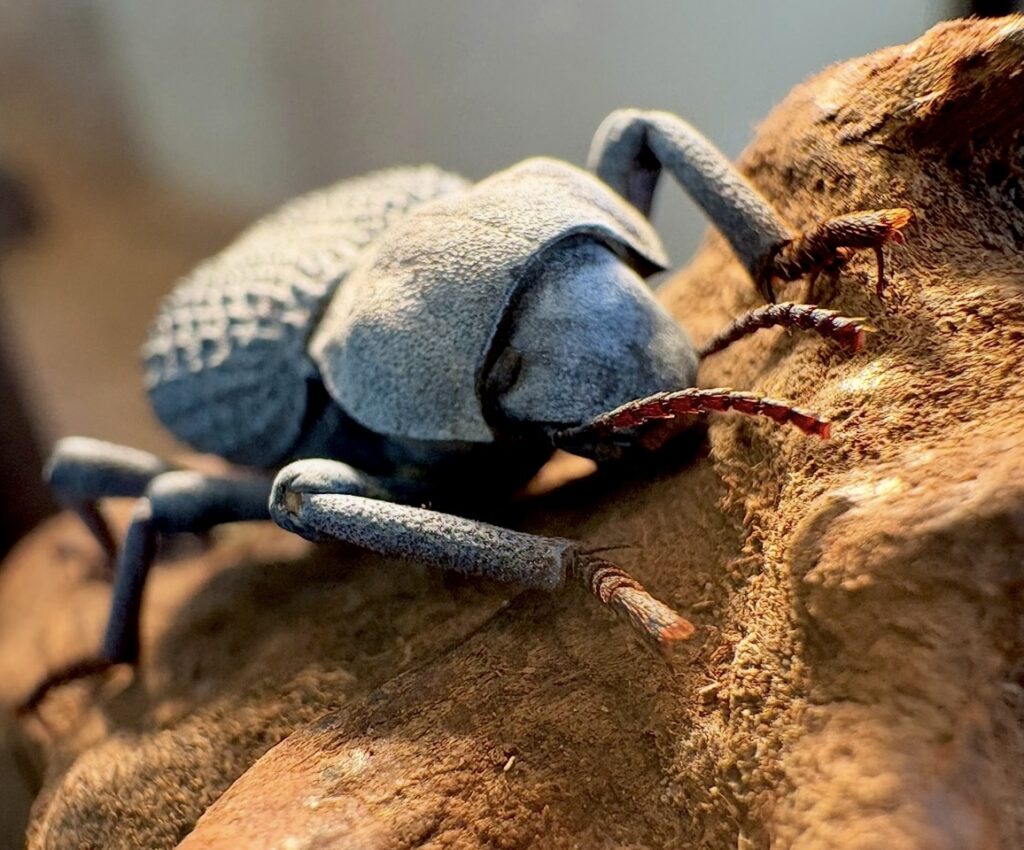When faced with danger, most insects either flee or fight back with whatever weapons nature provided them. But one group of beetles has mastered a different strategy entirely – they simply drop dead. Or at least, they pretend to with such convincing accuracy that even experienced predators fall for their Oscar-worthy performance. This remarkable survival tactic, known as thanatosis or death feigning, has evolved into one of nature’s most fascinating displays of behavioral adaptation.
The Science Behind Playing Dead
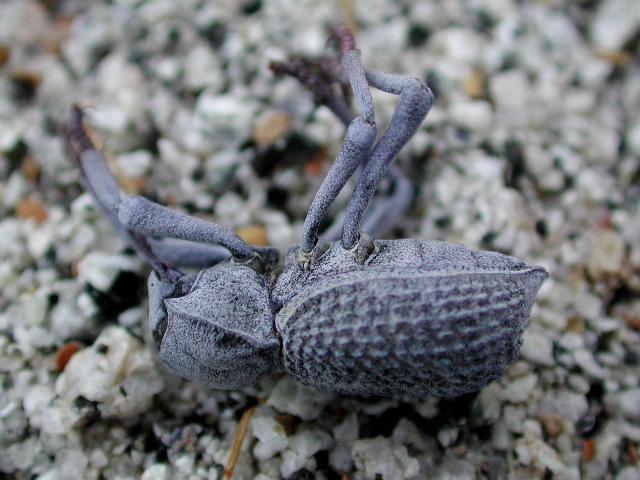
Thanatosis represents far more than a simple fear response – it’s a complex neurological process that temporarily shuts down voluntary muscle movement. When a beetle detects a threat, specialized nerve pathways trigger what scientists call tonic immobility, essentially putting the insect into a state of suspended animation. The beetle’s legs curl inward, its antennae retract, and its entire body becomes rigid and motionless.
Research has shown that this behavior involves the release of specific neurotransmitters that inhibit motor function while keeping essential life processes running. The beetle’s heart continues beating, though at a much slower rate, and its breathing becomes nearly imperceptible. This physiological shutdown can last anywhere from a few seconds to several hours, depending on the species and perceived threat level.
What makes this behavior particularly remarkable is its selectivity – beetles don’t just collapse at the first sign of trouble. They can distinguish between different types of threats and adjust their response accordingly. A light touch might trigger a brief freeze, while a more aggressive stimulus could result in prolonged death feigning.
Meet the Master of Deception
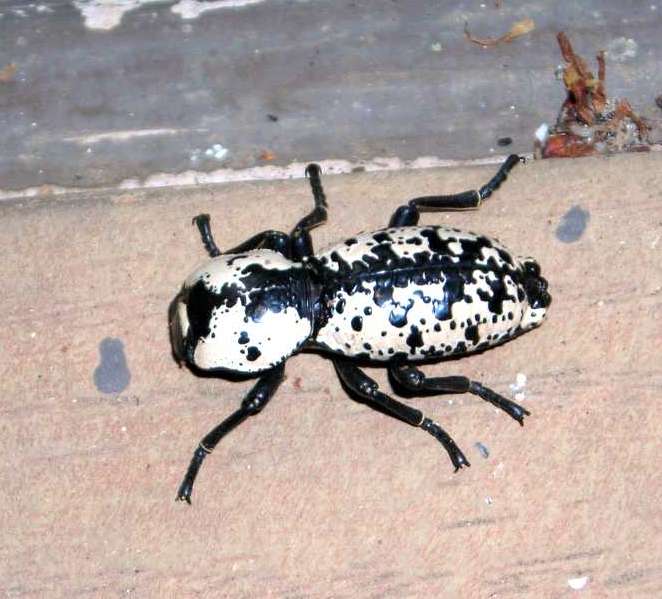
The ironclad beetle, scientifically known as Zopherus nodulosus haldemani, stands out as perhaps the most accomplished death-feigner in the insect world. These remarkable creatures inhabit the southwestern United States and northern Mexico, where they’ve perfected their survival strategy over millions of years. When threatened, an ironclad beetle can remain motionless for hours, appearing completely lifeless to any observer.
What sets ironclad beetles apart is their incredible durability combined with their acting skills. Their exoskeleton is so tough that they can survive being stepped on by humans, yet they’ll play dead at the slightest provocation. This dual strategy of physical toughness and behavioral deception makes them nearly impossible for predators to successfully hunt.
These beetles have been observed maintaining their death pose for up to four hours in laboratory settings, showing remarkable consistency in their performance. Even when poked, prodded, or gently heated, they maintain their rigid posture until they determine the coast is clear.
Why Death Feigning Actually Works
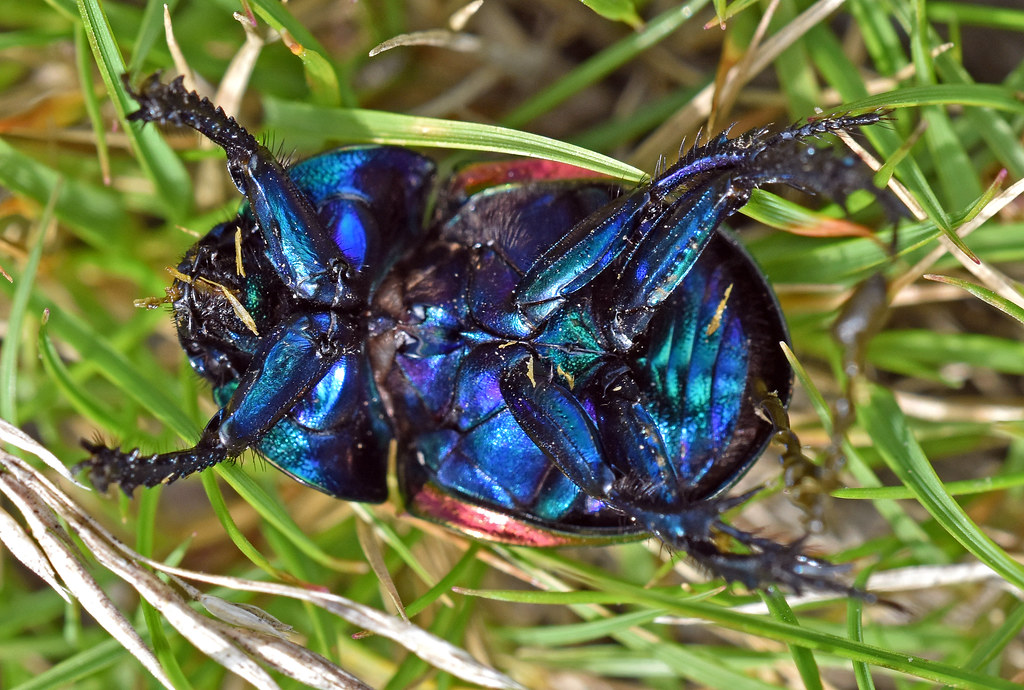
The success of playing dead relies on exploiting fundamental predator psychology and hunting instincts. Most predators are programmed to pursue moving prey, as movement typically indicates a healthy, fresh meal. When a beetle suddenly becomes motionless, it triggers confusion in the predator’s brain, which must now reassess whether this potential meal is worth the effort.
Many predators, particularly birds and small mammals, prefer live prey over carrion for good reason. Dead animals can harbor diseases, parasites, or toxins that make them dangerous to consume. By mimicking death, beetles tap into this natural aversion and convince predators to look elsewhere for dinner.
The timing of this behavior is crucial. Beetles that play dead too early might miss opportunities to escape, while those that wait too long might become actual casualties. Evolution has fine-tuned this response to trigger at the optimal moment when flight becomes impossible but deception remains viable.
The Neurological Triggers

The decision to play dead isn’t conscious – it’s an automatic response controlled by ancient neural circuits that have been refined over millions of years. When sensory organs detect specific combinations of vibrations, chemical signals, or visual cues associated with predators, they send rapid signals to the central nervous system. This triggers a cascade of neurochemical events that essentially hijack the beetle’s motor control system.
Scientists have identified specific receptors in beetle nervous systems that respond to predator-associated stimuli. These receptors are incredibly sensitive, capable of detecting the approach of a bird from several inches away based on air pressure changes alone. Once activated, they flood the nervous system with inhibitory signals that lock the beetle’s muscles in place.
The recovery process is equally fascinating. As threat-associated stimuli fade, the beetle’s nervous system gradually releases its grip on motor control. The insect slowly “comes back to life,” first testing its environment with subtle antenna movements before fully resuming normal activity.
Species That Excel at This Survival Strategy
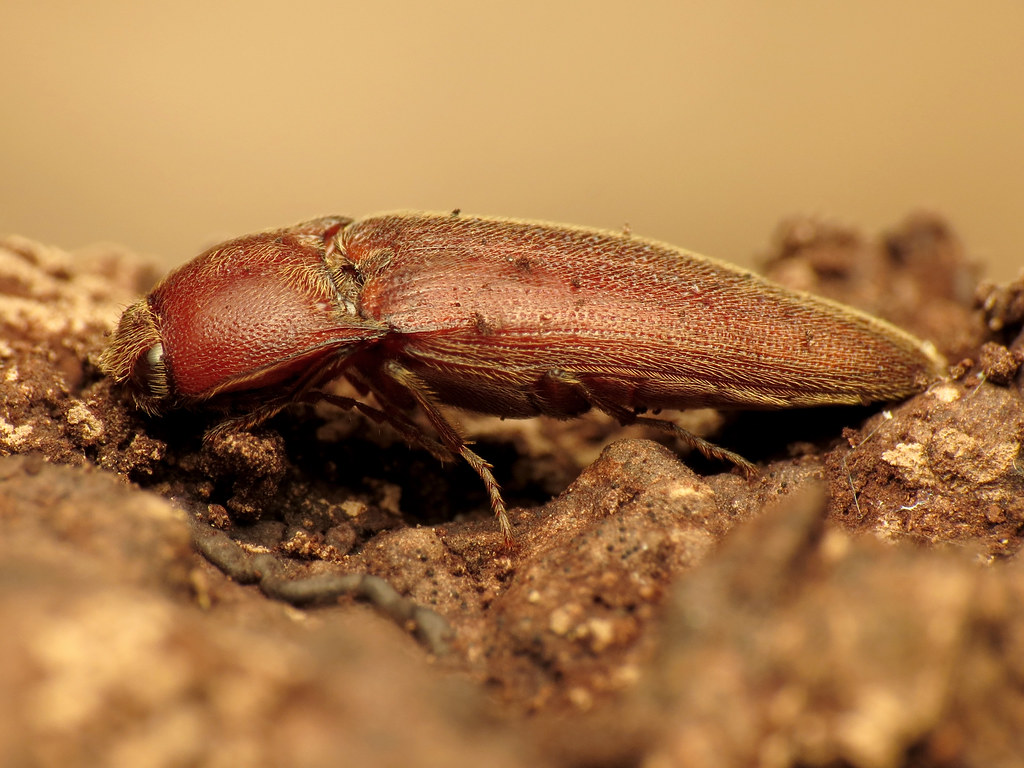
While ironclad beetles may be the most famous practitioners, numerous other species have evolved similar death-feigning abilities. Click beetles (family Elateridae) are particularly adept at this behavior, often remaining motionless for extended periods when disturbed. Their name actually comes from their ability to “click” themselves upright when playing dead, using a specialized spring mechanism in their bodies.
Ground beetles (family Carabidae) also frequently employ thanatosis, especially when caught in the open during daylight hours. These typically nocturnal hunters become vulnerable when exposed, making death feigning an essential survival tool. Some species can remain motionless for over an hour, waiting for the perfect moment to make their escape.
Darkling beetles (family Tenebrionidae) have taken death feigning to artistic levels, with some species able to control their leg positioning to achieve the most convincing death poses. They’ll often flip onto their backs and curl their legs inward, creating the classic “dead bug” appearance that most predators recognize and avoid.
The Perfect Timing of Revival
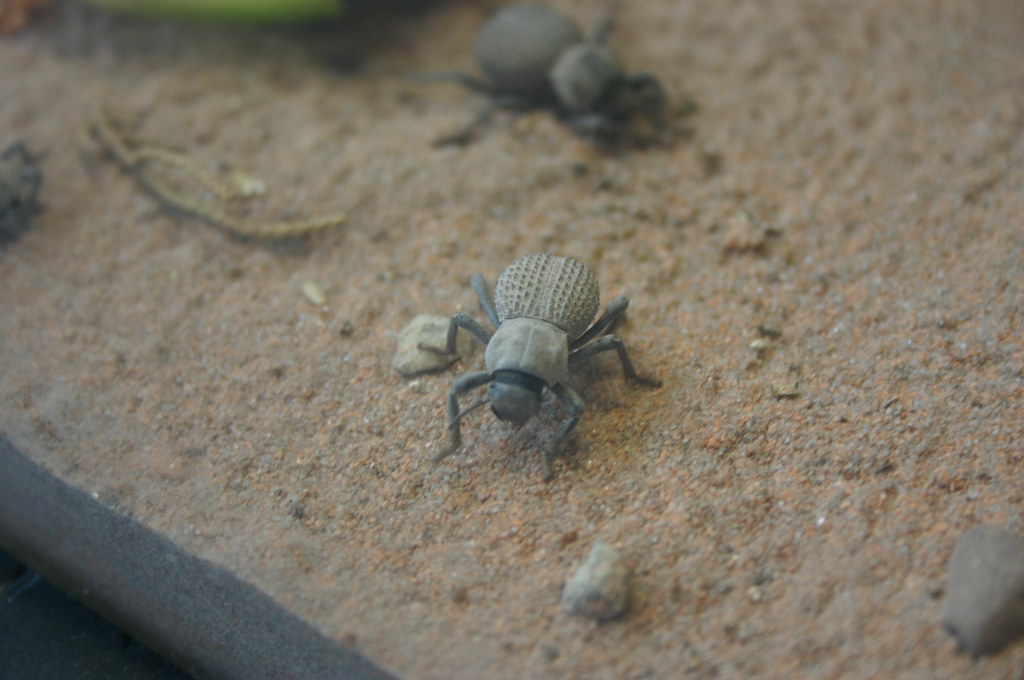
Knowing when to “come back to life” is perhaps the most critical aspect of successful death feigning. Beetles must constantly monitor their environment while maintaining their motionless facade, processing sensory information to determine when it’s safe to resume normal activity. This requires sophisticated neural processing that operates even while the insect appears completely inactive.
Research has shown that beetles use multiple sensory inputs to make this decision. They monitor vibrations through their legs, chemical signals through their antennae, and light levels through their compound eyes. When these inputs indicate that the immediate threat has passed, the beetle begins a gradual recovery process.
The revival process itself is a carefully orchestrated sequence. First, the beetle will make subtle movements to test its environment – a slight twitch of an antenna or a barely perceptible leg movement. If these tests don’t trigger renewed attention from predators, the beetle will slowly unfold its legs and return to its normal posture.
Environmental Factors That Influence the Behavior
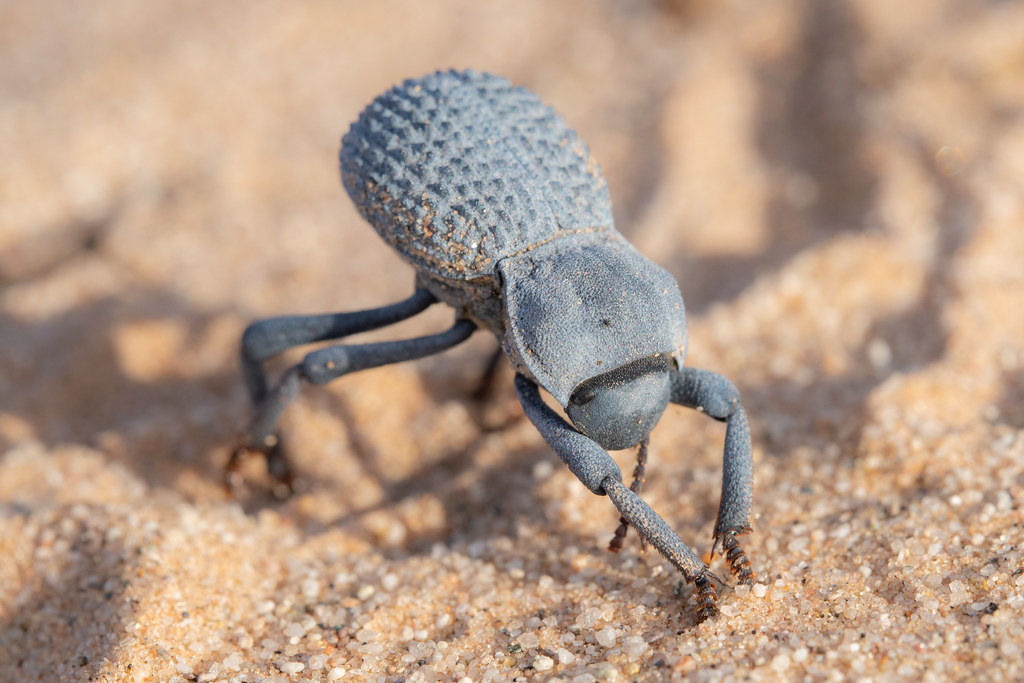
Temperature, humidity, and time of day all play crucial roles in determining how long a beetle will maintain its death pose. Cooler temperatures tend to extend the duration of thanatosis, as the beetle’s metabolism slows and it becomes more energy-efficient to remain motionless. Conversely, hot conditions may force earlier revival to prevent overheating.
Humidity levels affect the behavior because dehydration becomes a serious threat during extended periods of immobility. Beetles in dry environments typically maintain shorter death poses, while those in humid conditions can afford to wait longer for threats to pass. This environmental sensitivity shows how finely tuned these survival strategies have become.
The beetle’s location when threatened also influences its response. Individuals caught in open areas with no cover tend to maintain longer death poses than those near potential hiding spots. This suggests that death feigning serves as a last resort when other escape options aren’t available.
Predator Responses and Adaptations

Not all predators are fooled by death feigning, and some have evolved counter-strategies to deal with this deception. Certain bird species will pick up apparently dead beetles and carry them away from the discovery site, waiting to see if the insect revives. This behavior forces beetles to maintain their death pose even when being handled, adding another layer of complexity to their survival strategy.
Some mammals have learned to recognize death-feigning beetles and will deliberately disturb them multiple times to test their authenticity. This has led to evolutionary pressure for beetles to perfect their performances, resulting in increasingly convincing death poses that can fool even experienced predators.
Interestingly, some predators have given up trying to distinguish between truly dead and feigning beetles, instead developing feeding strategies that work regardless of the prey’s actual state. This ongoing evolutionary arms race continues to shape both predator and prey behaviors.
The Chemical Component of Playing Dead

Many death-feigning beetles enhance their performance with chemical signals that reinforce their deception. When playing dead, some species release compounds that mimic the smell of decomposition, making their death pose even more convincing to chemically-sensitive predators. These chemical cues work in conjunction with visual signals to create a multi-sensory illusion of death.
The production of these deceptive chemicals requires careful metabolic control. Beetles must balance the energy cost of producing these compounds against the survival benefit they provide. Too much chemical production wastes valuable energy, while too little might not convince sophisticated predators.
Some species have evolved the ability to control their chemical emissions, ramping up production when they detect specific predator pheromones in the air. This targeted response shows the incredible sophistication of these survival systems.
Development and Learning in Death Feigning
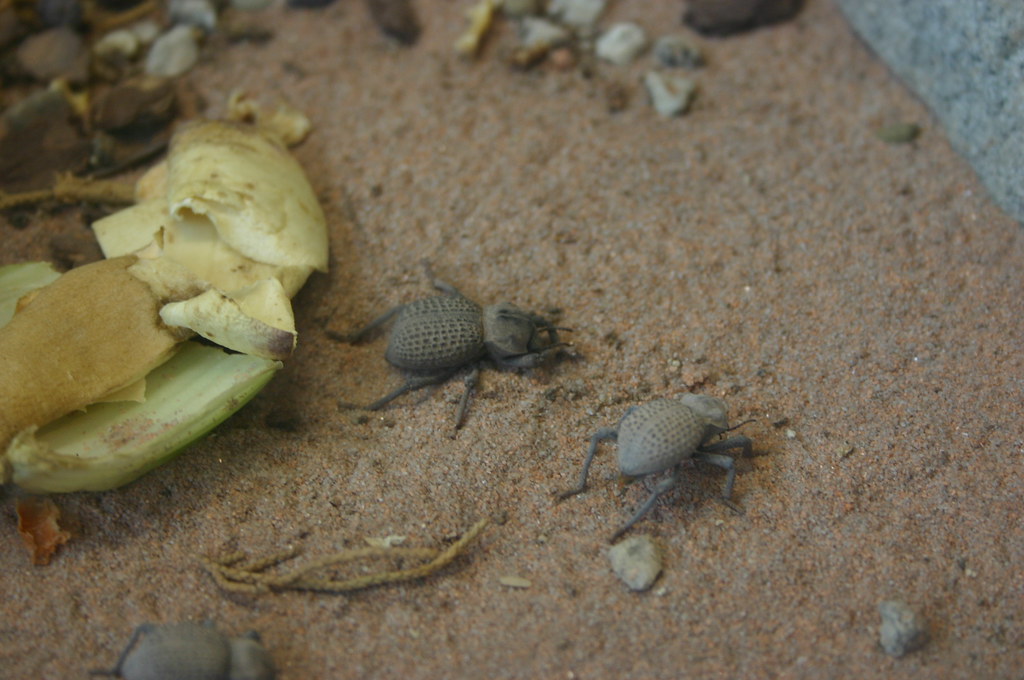
Young beetles don’t automatically know how to play dead effectively – this behavior improves with age and experience. Juvenile beetles often break their death poses too early or fail to maintain convincing postures, making them more vulnerable to predation. As they mature, they develop better control over their thanatosis response and learn to read environmental cues more accurately.
Laboratory studies have shown that beetles can actually learn from their death-feigning experiences. Those that survive close encounters with predators often display improved performance in subsequent trials, suggesting that memory and learning play important roles in refining this survival strategy.
The learning process involves both neural development and behavioral refinement. As beetles age, their nervous systems become more sophisticated, allowing for better control over the death-feigning response. They also develop better sensory processing abilities that help them distinguish between genuine threats and false alarms.
Evolutionary Origins of the Behavior
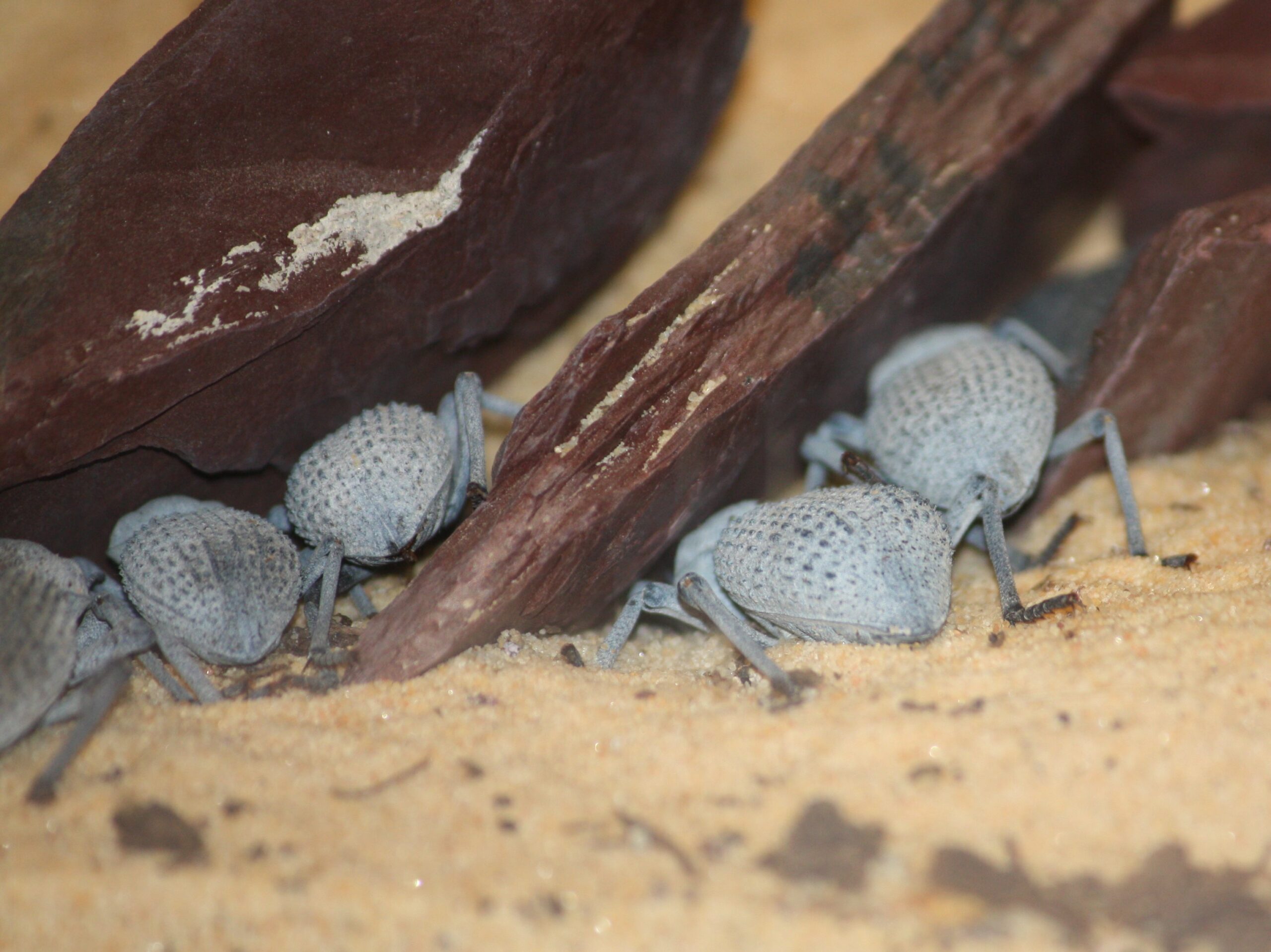
Death feigning likely evolved from more basic freezing responses that many insects display when startled. Over millions of years, this simple freeze response was refined and enhanced, eventually becoming the sophisticated thanatosis behavior we observe today. Fossil evidence suggests that early versions of this behavior existed in prehistoric beetle lineages.
The evolution of death feigning required several key adaptations working together. Beetles needed to develop the neural circuitry to control voluntary muscle movement, the sensory systems to detect appropriate triggers, and the physiological mechanisms to survive extended periods of immobility. This complex combination of traits suggests that death feigning provided significant survival advantages.
Genetic studies have revealed that the capacity for thanatosis is controlled by multiple genes working in concert. This genetic complexity indicates that death feigning has been under strong evolutionary pressure, with natural selection favoring individuals who could perfect this survival strategy.
Modern Research and Discoveries

Contemporary scientists are using advanced imaging techniques to study death feigning in unprecedented detail. High-speed cameras reveal the precise sequence of muscle contractions and relaxations that occur during the transition to thanatosis. Brain imaging studies show which neural pathways are activated and suppressed during death feigning episodes.
Recent research has discovered that some beetles can actually control the depth of their thanatosis response, adjusting their level of immobility based on the perceived severity of the threat. This suggests a more sophisticated decision-making process than previously thought possible in such small animals.
Scientists are also investigating the potential applications of death feigning research to robotics and artificial intelligence. The rapid decision-making processes that control thanatosis could inspire new algorithms for autonomous systems that need to respond quickly to changing environments.
Conservation Implications

Understanding death feigning behavior has important implications for beetle conservation efforts. Species that rely heavily on this survival strategy may be particularly vulnerable to habitat changes that alter predator-prey dynamics. Urban environments, for example, may present new challenges that traditional death feigning responses can’t address effectively.
Climate change is also affecting the effectiveness of death feigning behaviors. As temperatures rise and weather patterns shift, the environmental cues that trigger thanatosis may become less reliable. This could leave beetles vulnerable to new threats while making them unnecessarily cautious in safe situations.
Conservation biologists are working to identify which beetle species are most dependent on death feigning and may need special protection as environments change. This research is crucial for maintaining the incredible diversity of survival strategies that make beetles one of the most successful groups of animals on Earth.
Conclusion

The remarkable ability of beetles to convincingly play dead represents one of nature’s most sophisticated survival strategies. This behavior combines complex neurological processes, precise timing, and even chemical deception to create a multilayered defense against predation. From the ironclad beetle’s marathon death performances to the chemical mimicry of decomposition, these insects have evolved extraordinary adaptations that continue to fascinate scientists and nature enthusiasts alike.
Modern research continues to reveal new layers of complexity in death feigning behavior, showing that what appears to be a simple response actually involves sophisticated decision-making processes and learning capabilities. As our understanding deepens, we gain greater appreciation for the incredible evolutionary innovations that have allowed beetles to thrive in virtually every environment on Earth.
The next time you encounter a beetle that suddenly goes limp and motionless, remember that you’re witnessing millions of years of evolutionary refinement in action. These master actors are putting on a performance that could mean the difference between life and death – quite literally. What other secrets might these remarkable insects be hiding in their tiny, complex worlds?

